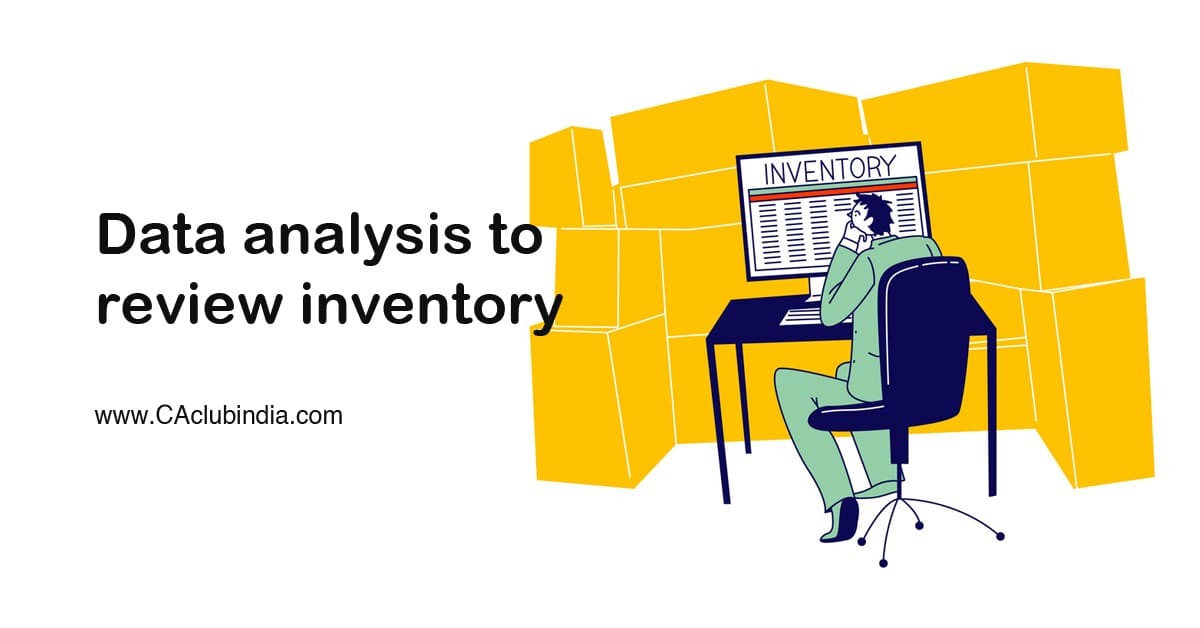Inventory management plays a very crucial role in manufacturing, retail, construction industry, pharmaceutical industry and service industry (in few cases). Proper inventory control enables successful cost control of operations. Inventory management can be very challenging and for any growing organization, it can be very painful. Following are a few potential risks and the audit implication of each risk which can be faced in the Inventory management.
POTENTIAL RISK
|
Risk |
Implication |
|
Inventory is not recorded correctly |
Management will not have accurate information to manage inventory. Inventory can be materially misstated in the financial statement. |
|
Quantity of inventory is not maintained within a specific range. |
Storing of inventory more than requirement may result in an increased risk of obsolescence and additional cost of storage. Further, if too little inventory is maintained, the customer demands may not be fulfilled. |
|
Obsolete inventory items are not identified |
Management will not be able to make proper decisions for getting rid of obsolete items. |
|
Difference between the physical inventory and inventory maintained in the system/ records are not identified |
Management will not have reliable information to make proper inventory decisions. From an audit perspective, the inventory could be materially misstated in the financial statement. |
|
Items are not recorded in the correct period |
In the financial statement, inventory and the cost of goods could be materially misstated. |
|
Gaps in sequentially numbered documents are not accounted for. |
Inventory tags, transaction numbers and other information may be missing and not accounted for. |

DATA ANALYSIS
2. Compute the number of months each inventory item is held, based on either sales or purchases.
3. Stratify the balances by value bands
4. Analyse gross profit with inventory turnover
5. Analyse price adjustment transactions
Exception Test
1. Identify the inventory held in excess of maximum and minimum level
2. Identify the obsolete and damaged inventory by the ageing of inventory
3. Identify balances in excess of a reasonable usage period that is probably obsolete
4. Identify the items beyond the shelf life
5. Identify items with negligible selling or cost price
6. Identify the difference arising from the physical count
7. Identify balances that have unusual items
8. Identify work in progress that have been open for an unreasonable period
9. Identify inventory acquired from group company
10. Test for missing inventory ticket number
11. Identify duplicate inventory items
12. Compare the cost of inventory and selling price and identify the items that exceed the net realizable value
13. Compare inventory holdings and turnover per product between stores.






 CAclubindia
CAclubindia
